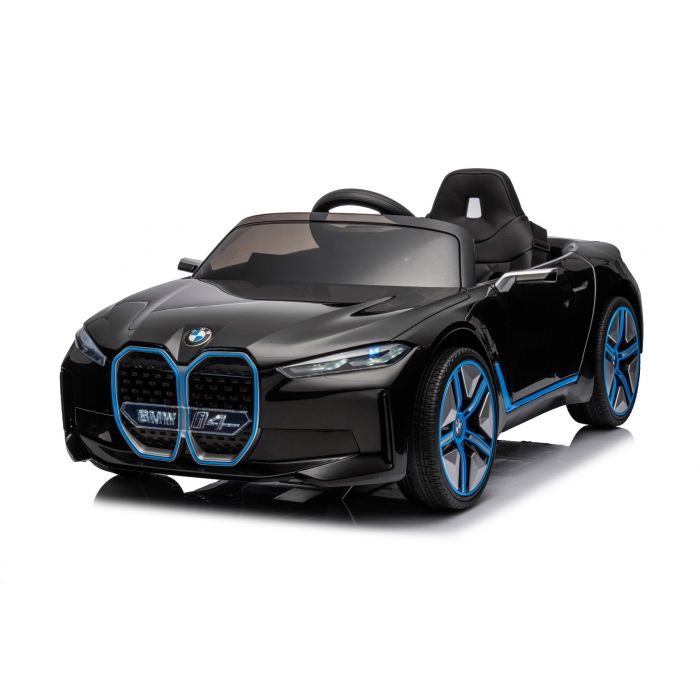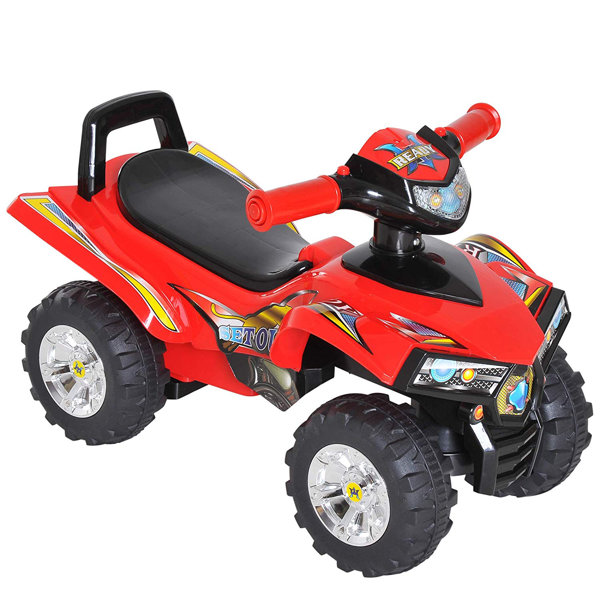Best Info For Selecting Remote Control Childrens Cars
Wiki Article
What Should You Look For When You Purchase A Ride-On Car For Toddlers?
If you're thinking about ride-on cars for children, it's crucial to consider their age, size and development stage to ensure that the car is safe, appropriate and fun for the children. Here are some factors to think about:
Younger toddlers (1-3 years old) - For younger toddlers choose ride-on vehicles that are specifically designed for the age range they are in. They have basic controls, a low design that's stable and has a steering wheel or button. Pick a ride-on car that have a large base to ensure stability and a low danger of falling over.
Older Children (3or more years old) As children get older, they are able to handle more sophisticated ride-on vehicles with added options and features. Consider buying cars with adjustable seating, greater capacity weights, or even interactive features, such as music, sound effects or even working lights. Look for ride-on cars that offer the ability to adjust speed or parental controls to accommodate various abilities and to ensure safety.
Size
If you are considering a ride-on automobile, consider your child's height and weight. Pick a car with a the weight and height capacity that is comfortable for your child. Avoid cars that are too large or too small, because they can create a risk of discomfort or even danger for your child.
Comfort and legroom - Make certain that the car has enough space and legroom for your child to comfortably sit. Be sure to check the dimensions of the car, and ensure it's suitable for your child's.
Developmental Stage
Motor Skills - When choosing a ride on car take into consideration your child's motor and coordination skills. Children older than them may have the ability to utilize more advanced features and controls while toddlers younger than them may need simpler controls.
Independence and Confidence Ride-on vehicles can develop confidence and independence in children, as they learn to navigate and control their own car. Choose a car that allows your child to learn steering, acceleration, and braking independently, building their motor skills and confidence with time.
Choose a car that's interesting and attractive to your child. Pick a car that has themes, colors, or features that appeal to your child, regardless of whether it is a classic, sports car, truck or themed car with a character.
If you consider the age of your child as well as their size and development stage, you will be able to choose a safe, comfortable ride-on that your child can take pleasure in and take lessons from. Take a look at the top electric kids cars for site advice including car on ride, a toy car, ride electric car, electric ride along car, childrens electric ride on, ride electric car, electric rideons, ride on car, ride on toy, ride on toy and more. .

What Is The Difference Between Electric Ride-On Cars And Their Other Counterparts?
A lot of electric ride-on vehicles have several speed settings and options for control that cater to various levels of experience. This ensures an enjoyable, safe experience for children. Here is the way they work and the reason for their use.
There are various levels and abilities of children as they learn to take a ride-on vehicle. Parents can adapt the speed limit of the ride-on vehicle to their child's capabilities by offering a variety of speeds. This reduces the risk for collisions and accidents.
For children who are younger or just beginning younger children, slower speeds are ideal for a ride-on vehicle. Higher speeds are ideal for older children or children who have more experience.
Gradual Learning Curve -
With various speeds electric ride on vehicles give children an educational curve that allows them to gradually develop their driving abilities. Starting at lower speeds helps beginners get their bodies with the controls and build confidence before progressing into higher speeds.
Parents can boost the speed of their children as they become more skilled in driving. This can give a feeling of achievement and progress.
Parents Control Parents Control
Certain electric cars are equipped with parental controls that allow parents to restrict the speed of their child's vehicle. This feature allows parents to feel at ease knowing that they are able to adjust the vehicle's speed or intervene if necessary to ensure their child is safe.
Parental control options may include remote speed limiters, remote emergency stop buttons, or remote steering capabilities according to the model.
The ability to adapt
As children grow and grow, so do their abilities and interests. The electric ride-on car that has multiple speeds offers flexibility and adaptability to these changes.
Children can increase the speed as they gain experience and confidence. This will make for an exciting and challenging ride. For children who are younger or have less experienced friends parents might want to dial the speed down.
Customization
Different speeds allow for customization and personalization of the experience of riding based on individual preferences and preferences. Children can choose a speed that best suits their needs as well as the level of excitement they desire.
Certain electric ride-ons may include additional control options, such as variable braking or acceleration sensitivity. This allows drivers to tailor their experience according to individual needs.
Overall, electric ride on vehicles with a variety of control and speed options provide an enjoyable, safe, and flexible experience for children. It is the same regardless of age, ability level, or preferences. These features help build confidence, skills development and enjoyable adventures, and allow parents to supervise and intervene if necessary to ensure their child's safety. Read the most popular read this for Audi kids car for website recommendations including electric ride on, childrens electric cars, cars pedal car, toy cars toy car, ride on car, 2 seater electric cars, race car toy, toy toy cars, kiddies cars, kids electric cars and more. .

What Is The Most Reliable Remote Control Car For Kids? What Are The Advantages And Disadvantages?
Remote-controlled cars for children, also known as RC cars, are available in a wide range of styles, sizes and prices that can accommodate different budgets and needs. This article will provide an overview of the different types, sizes and prices of children's remote control cars and their pros and cons.
Electric RC Cars - Battery-powered remote-controlled vehicles that are suitable for outdoor and indoor use. The cars come in various styles, such as buggies or trucks.
Nitro RC Cars – Gas powered remote controlled cars that have better performance but require greater maintenance. They're generally bigger and more costly than electric RC cars.
Scale Models - Remote-controlled replicas of real-life vehicle models, which include cars, trucks aircrafts, and boats. Scale models range between 1-10 and 1-24, with the larger scales providing more detail.
Sizes -
The sizes of remote-controlled vehicles for kids range from small miniature versions to larger-scale replicas. The size and weight of the car will affect the performance.
Micro-sized vehicles are small and lightweight, making them ideal for indoor use and younger children. The larger-sized models are more robust and durable and are ideal for off-road racing as well as outdoor racing.
Prices
Prices for remote-controlled kids' cars may vary based on features, brand and quality.
The RC cars that are small-sized and electric vary from $20 to $100, while larger-scale nitro and electric RC vehicles can cost between $100 and $500 or more.
Scale models and high-end hobby-grade RC cars can cost several hundred dollars up to 1000 dollars, based on the degree of detail and performance.
Pros and Pros and
Pros -
Entertainment - Remote control children's cars offer hours of entertainment and excitement for adults and kids alike.
Learning. Driving a RC car helps children develop hand-eye coordination spatial awareness, problem-solving and spatial skills.
Social Interaction - RC vehicles can be enjoyed by families and friends, encouraging interactions and socialization.
Customization – Many RC cars can be customized using aftermarket upgrades components and accessories that improve performance and aesthetics.
Cons
Cost – A remote-controlled car for children that has advanced features or even hobby model cars can cost a lot.
Learning Curve - Operating a RC car requires practice and ability young children may have difficulty initially.
Maintenance - RC vehicles require regular maintenance, including cleaning, lubrication, and periodic repairs or replacement of parts.
Safety Risks RC vehicles can present dangers to safety, such as accidents, falls, as well as electrical dangers, if not used responsibly and under adult supervision.
Children of all ages appreciate remote control cars. But it is essential to think about aspects like cost, size and security before deciding on the most suitable model. For older children, hobby grade RC cars could be a better option. However, simpler models are also suitable for younger children. See the best JCB ride on digger kidscars.co.uk info for site tips including toy car for car, 2 seater electric cars, electric two seater cars, toy cars, ride a toy, lambo toy car, ride on car, childrens digger, electric ride on cars, ride on digger and more. .
